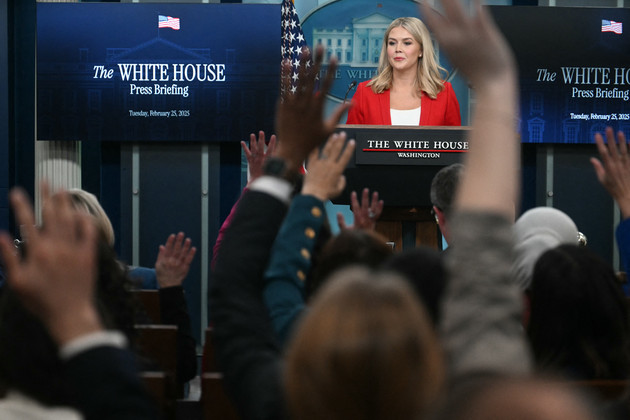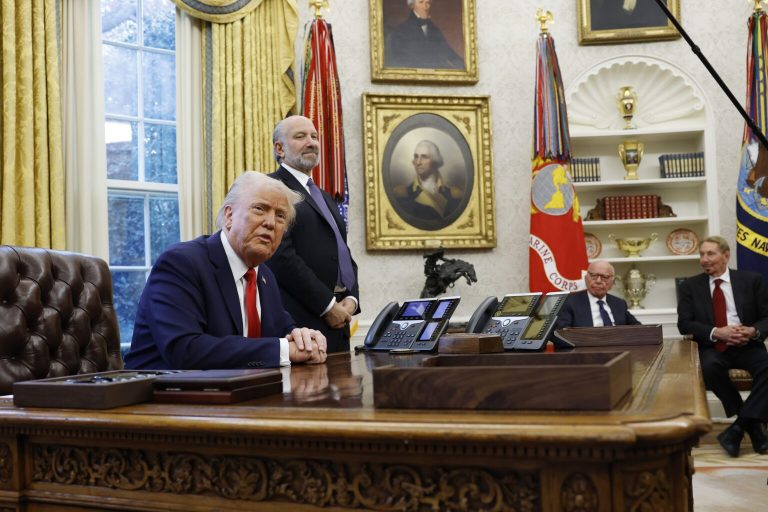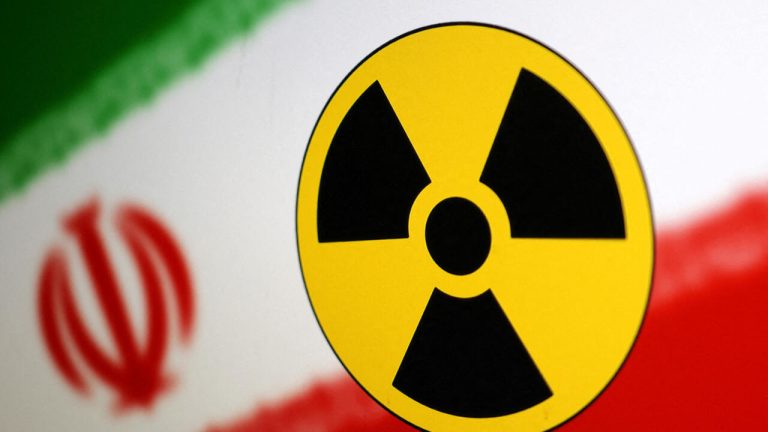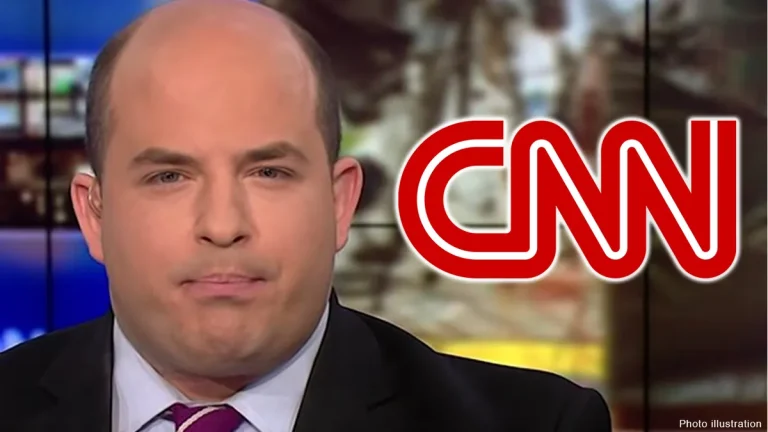
The Biden administration is reportedly taking charge of the seating arrangement in the White House briefing room, a responsibility previously held by the White House Correspondents’ Association (WHCA). This change marks a major shift in how press access is managed within the administration.

New Media Gains Ground in Briefing Room
Currently, the WHCA determines seating assignments, often placing conservative news outlets like The Gateway Pundit, One America News Network, and Real America’s Voice on the outskirts of the room. This positioning makes it difficult for their reporters to engage directly with the press secretary.
Last month, White House Press Secretary Karoline Leavitt announced that the WHCA would no longer have exclusive authority over the White House press pool. Instead, a New Media rotation was introduced, allowing digital-first outlets and alternative media access to key areas such as the Oval Office, Air Force One, and other restricted locations. Now, the administration is extending this policy to the press briefing room.
A Shift in Washington’s Media Landscape
“This administration is shaking things up in Washington in more ways than one,” Leavitt previously stated. “That’s what we were elected to do.”
The move comes amid legal challenges from the Associated Press, which recently sought an emergency Temporary Restraining Order after being removed from the White House press pool. The news agency was barred from the Oval Office following its refusal to acknowledge President Trump’s executive order renaming the Gulf of Mexico to the “Gulf of America.” However, a federal judge denied the AP’s emergency motion. A second hearing was held, but U.S. District Court Judge Trevor N. McFadden has yet to issue a ruling.
A New Approach to Press Access
A senior White House official confirmed that a complete restructuring of the briefing room is in motion. The new seating arrangement will reflect evolving media consumption trends, integrating digital platforms alongside traditional TV and print media.
“This isn’t just about getting favorable coverage,” the official stated. “We’re evaluating which outlets truly reach the public. Influencers are becoming more significant, but many lack the infrastructure for consistent coverage. The ability to provide comprehensive reporting will factor into seating assignments.”
Major legacy news organizations will still have representation, though some may find their once-prime spots diminished. “We’re striving for a balance between disruption and responsibility,” the official added.
The upcoming changes signal a broader transformation in how the White House engages with the press, embracing a more diverse range of media voices while reshaping traditional power dynamics in Washington journalism.



